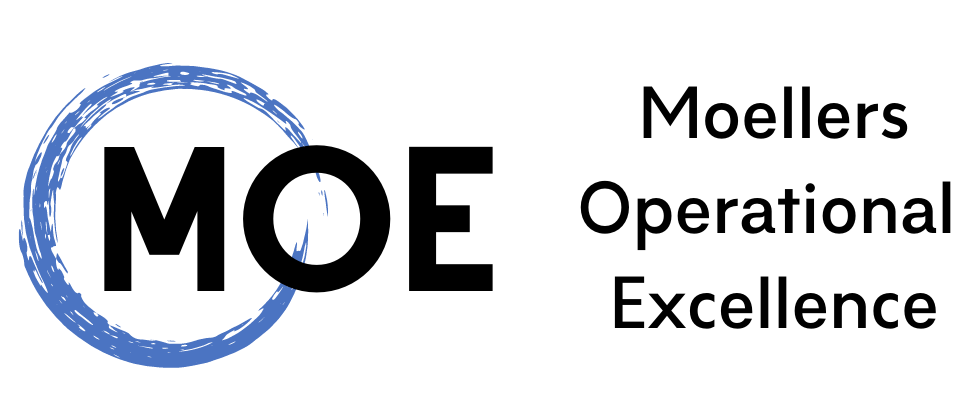Project Prioritization in Portfolio Management
In the dynamic world of portfolio management, where resources are finite and opportunities critical, effective project prioritization can make or break your organization’s success. The challenge is not just to choose the right projects but to choose them systematically and aligning them with overarching business goals. Using a prioritization tool that evaluates projects across key categories— like financial impact, regulatory risk, technical effort, and strategic fit—can provide a structured and data-driven approach to decision-making.
WHY PRIORITIZATION MATTERS
Without prioritization, organizations risk spreading resources too thin, pursuing low-value initiatives, or inadvertently neglecting critical strategic goals. A systematic approach to project evaluation ensures:
Optimal resource allocation.
Alignment with business strategy.
Mitigation of risks.
Maximization of returns.
The Four Pillars of Project Prioritization
Financial Impact Financial considerations are often the driving force behind project selection. By assessing potential revenue, cost savings, or market value, organizations can ensure projects contribute positively to the bottom line. Key metrics include ROI (Return on Investment), NPV (Net Present Value), and payback period.
Questions to Consider:
What is the projected revenue or cost savings from this project?
How soon will we see returns?
Does this project reduce operational inefficiencies or open new revenue streams?
Regulatory Risk In highly regulated industries such as healthcare, life sciences, or pharma, compliance is non-negotiable. Failing to prioritize projects addressing regulatory requirements can lead to severe penalties, reputational damage, or operational shutdowns.
Questions to Consider:
Does this project address current or upcoming regulatory requirements?
What is the cost of non-compliance?
How critical is the timeline for meeting regulatory deadlines?
Technical Effort Projects vary significantly in their complexity and the resources they require. Evaluating the technical effort helps identify projects that might overstretch the organization’s capabilities or those that can be completed with minimal investment.
Questions to Consider:
What is the estimated time, budget, and skill set required?
Do we have the necessary infrastructure and talent?
Are there dependencies on other projects or external factors?
Strategic Fit Strategic alignment ensures projects contribute directly to the company’s long-term goals. Even if a project scores high in financial impact, it may not be worth pursuing if it doesn’t align with the broader vision.
Questions to Consider:
Does this project align with our mission and vision?
How does it contribute to our competitive advantage?
Is it aligned with current market trends and customer needs?
Using a Prioritization Tool
A prioritization tool provides a framework to score projects across these categories. By assigning weights to each category based on organizational priorities, you can create a balanced scorecard that objectively evaluates each initiative.
With our expertise in Project Management and Strategic Portfolio Planning we can help you to prioritize your projects within your portfolio to built a strategic approach for growth.

